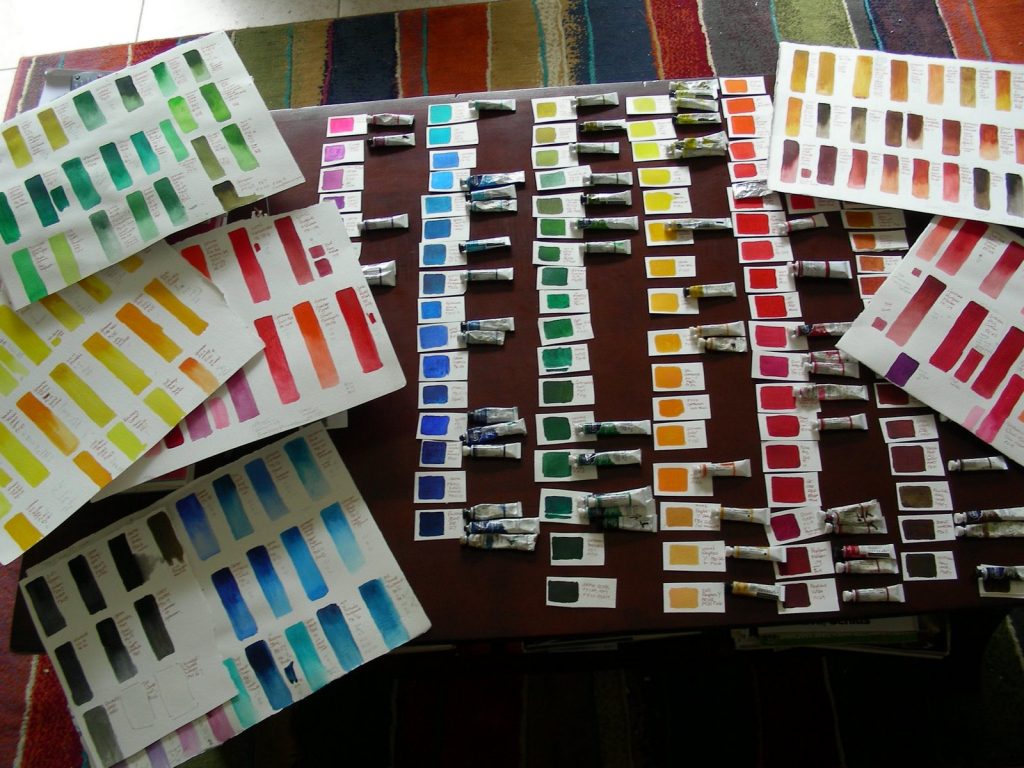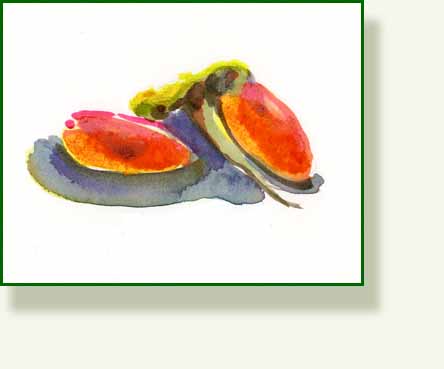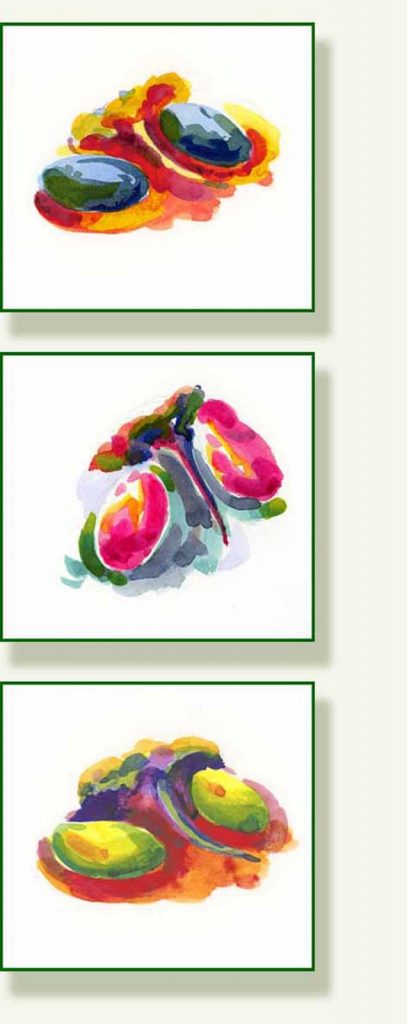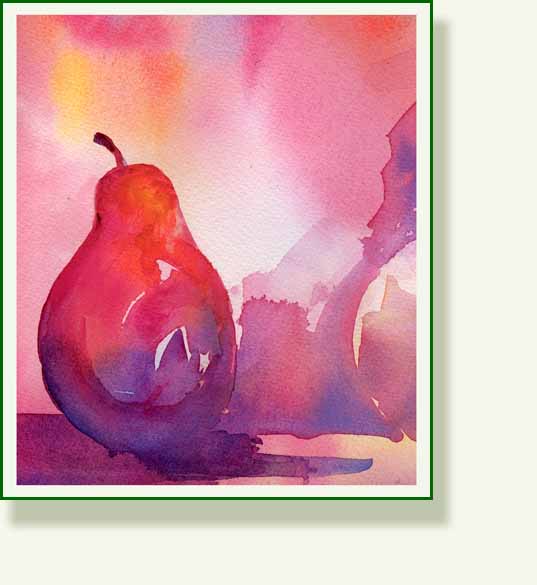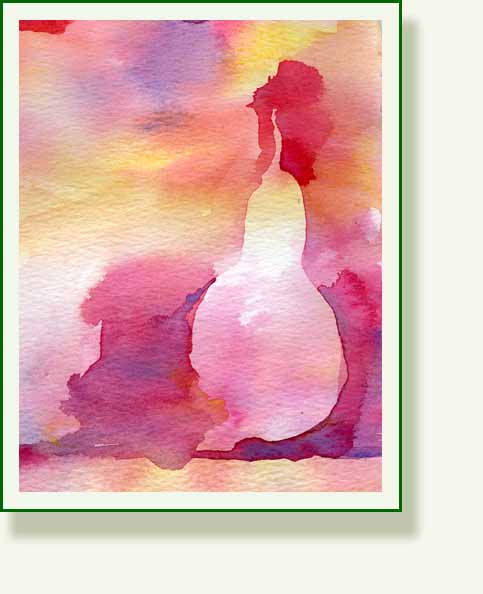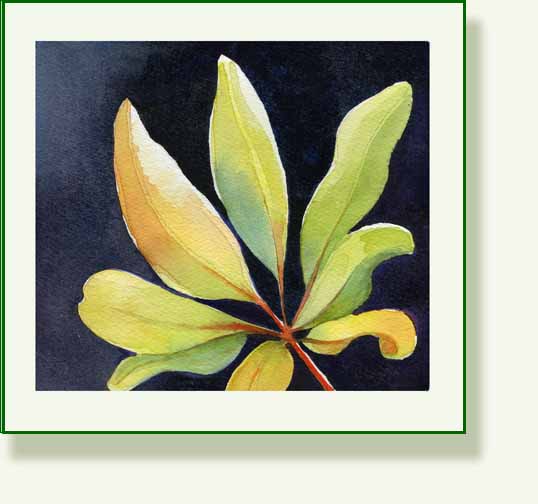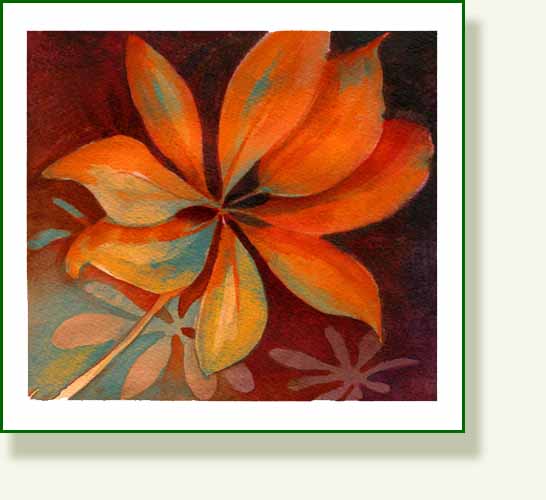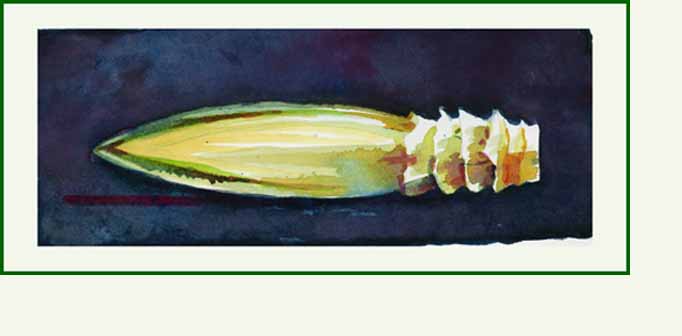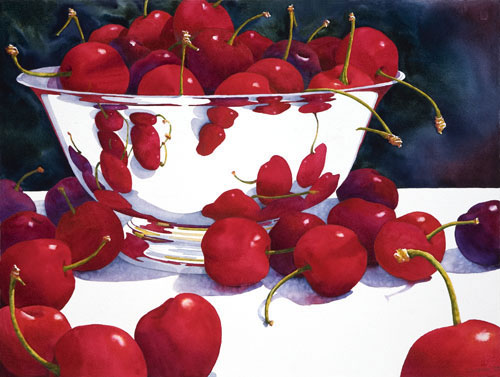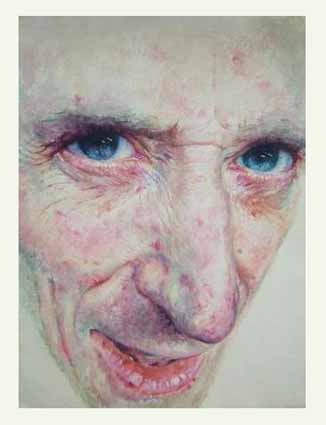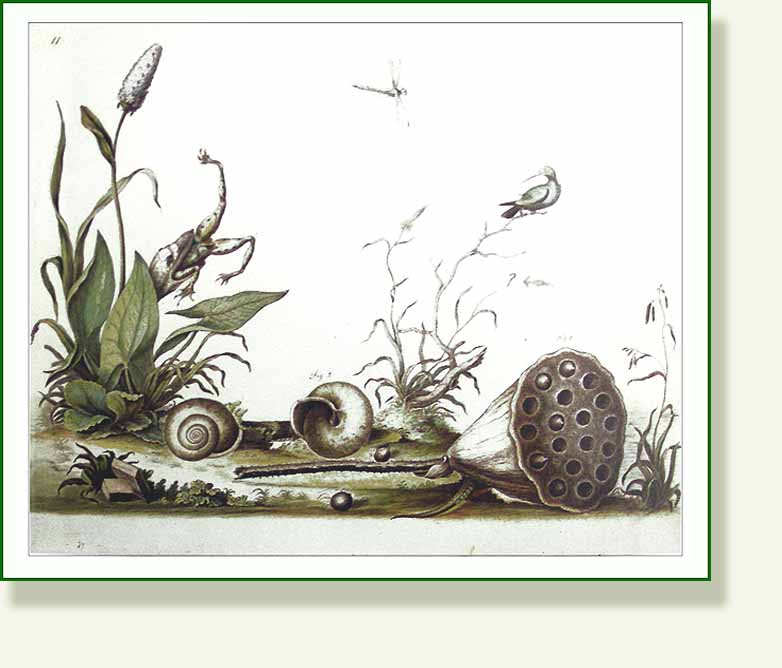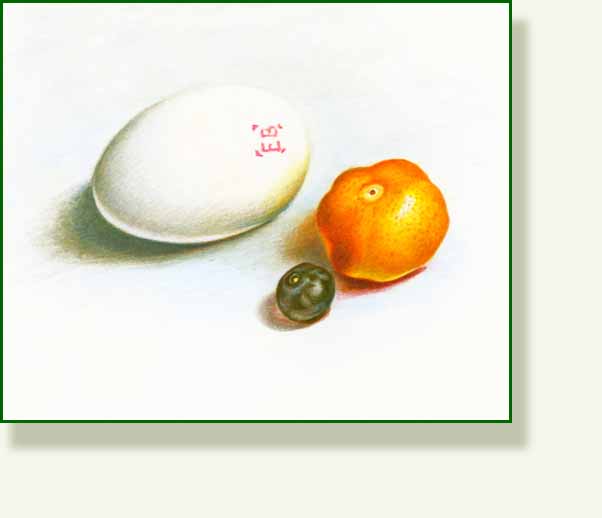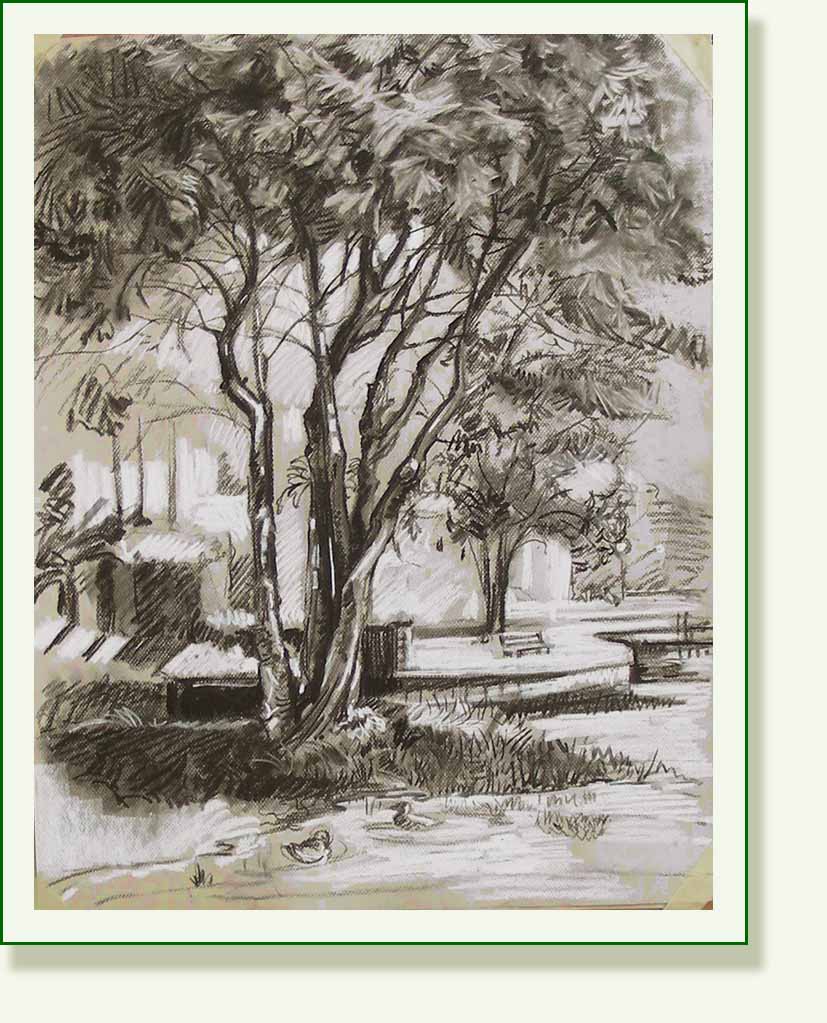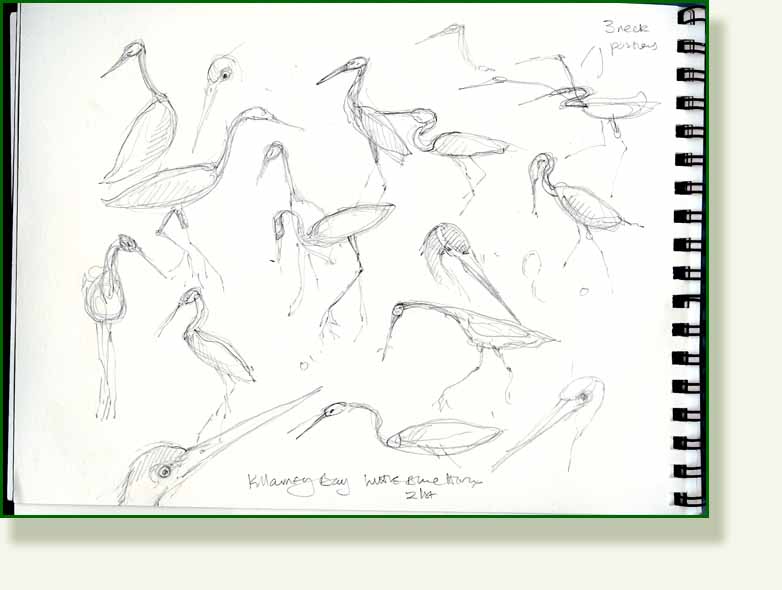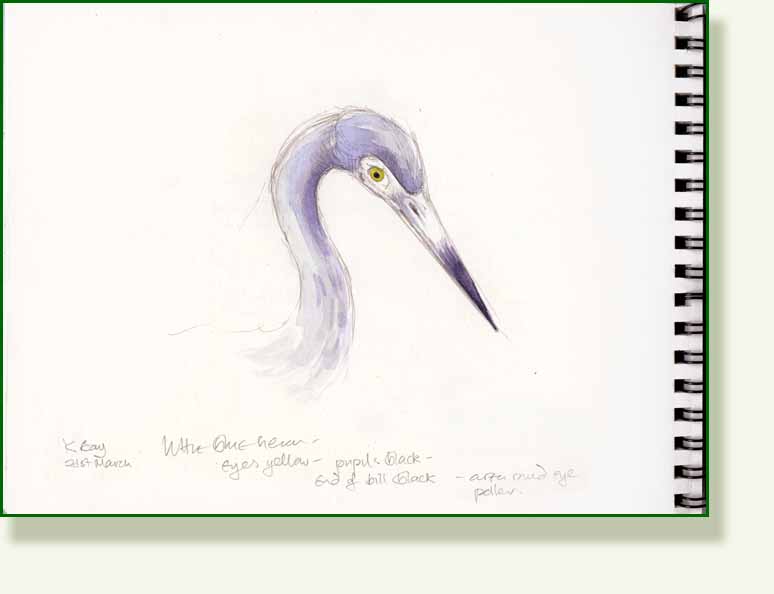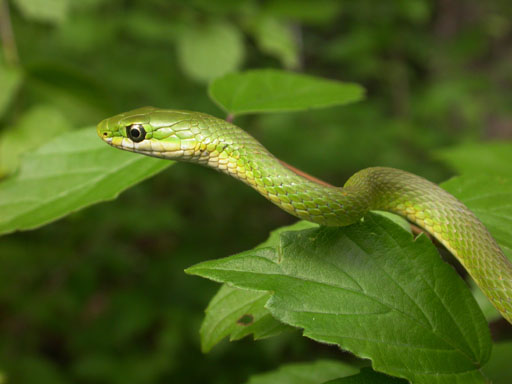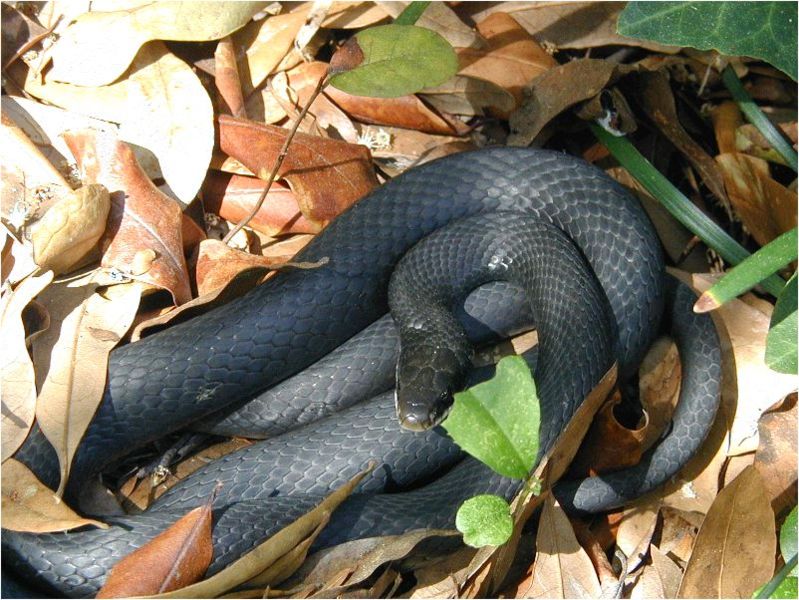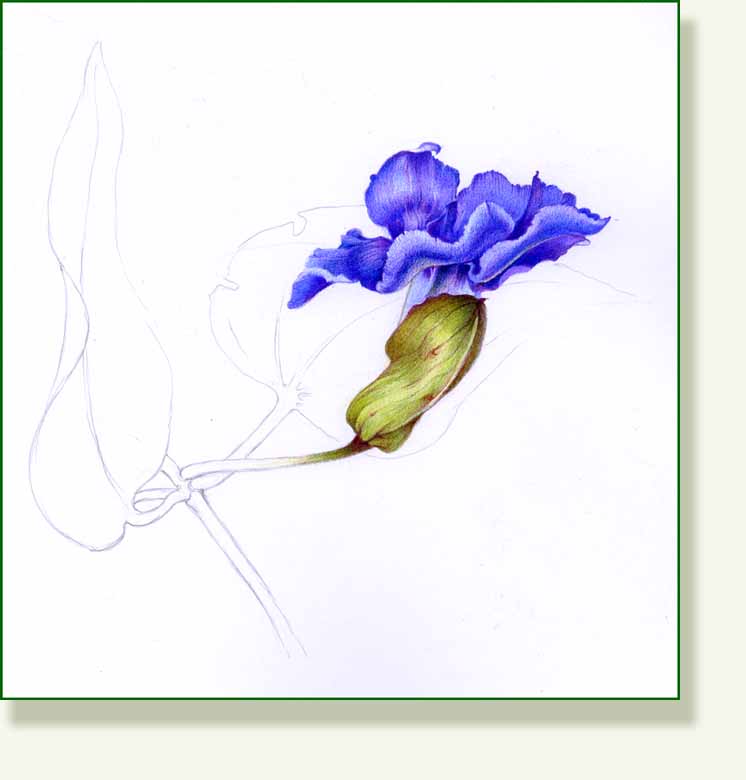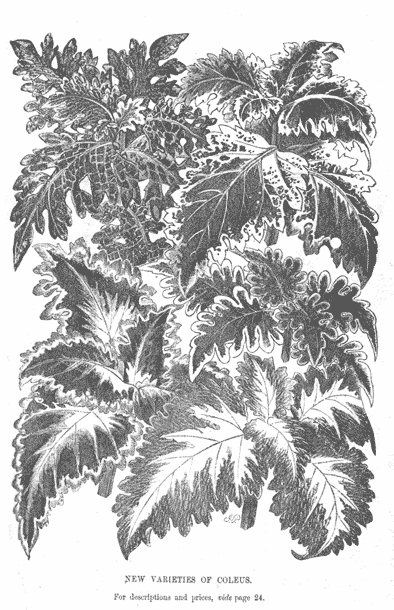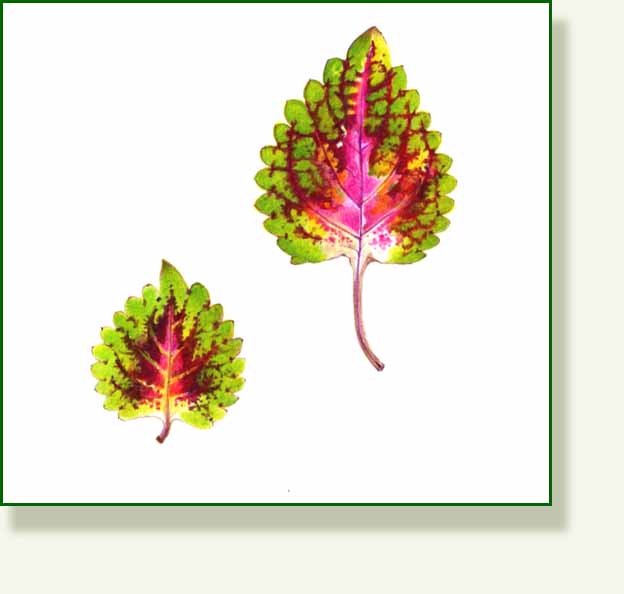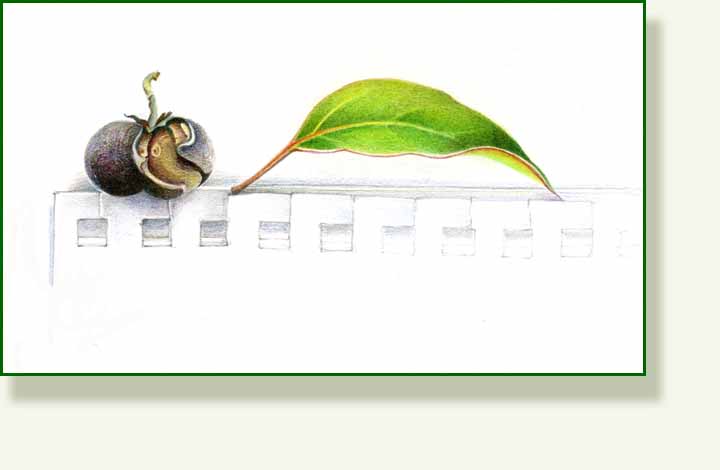I have spent all day sorting out colours and laboriously painting samples of my watercolour paints which are a motley bunch in every way. It takes hours. Having done that I consulted the afore mentioned excellent site for all things watercolour http://www.handprint.com/ to check on the names of the colours and the pigments in order to eliminate once and for all some very bad and fugitive pigments.. so its goodbye alizarin crimson, and aureolin, and a few that are so old they don’t list any pigments on the labels at all. Does in matter? Well yes, if you are selling originals it is important that the colours don’t fade, it doesn’t really add to your artistic mystery to have your works slowly disappearing from the walls. Also for really accurate colour mixing or for some experimental colour mixing, to avoid mud it is absolutely necessary to know how pigments work with each other. The Handprint site is a mine of information and you will find ideas for different colour palettes and all the technical information your heart could desire. Here is a photo of my progress so far.
I was also thinking about some coloured pencil and have a couple of small seeds on my desk, however having gone to all the trouble of getting the paints out I decided to try one of the exercises for colour mixing using just 3 colours. We just get so lazy and use premixed pigments for convenience. So here are 4 different little seed painting. The first one is the (almost)natural colours and the other 3 below are playing with different colour ways.. still just with the 3 colours red blue and yellow.
_________________________________________________

